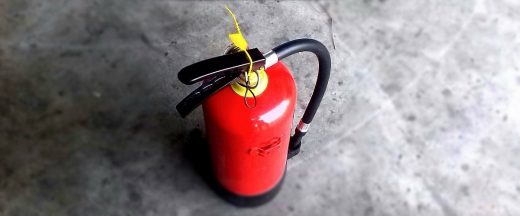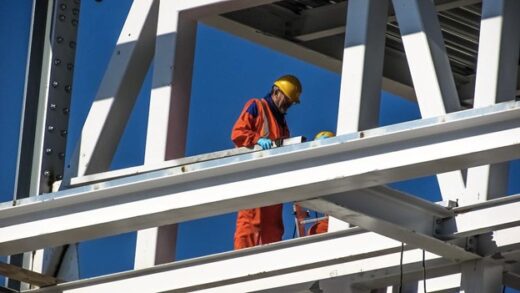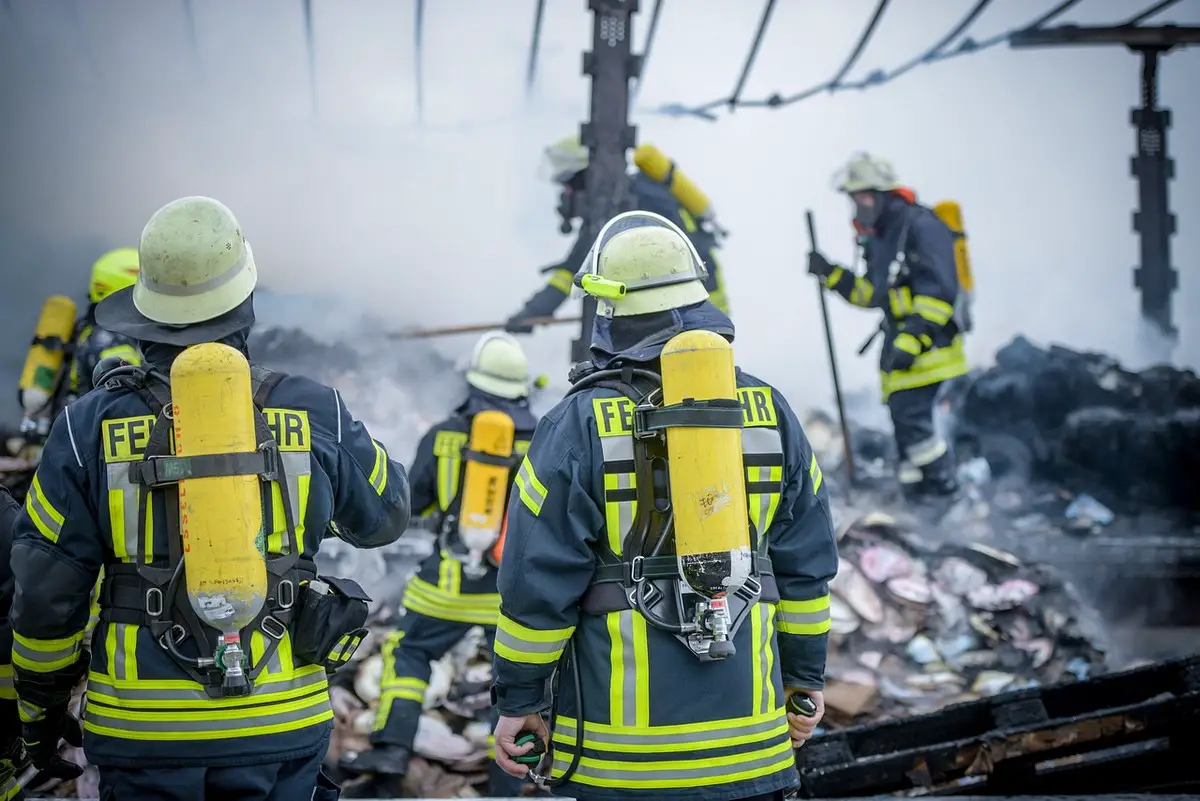How do you stop a fire? Four ways to protect your buildings, Fire-safe building advice, Safe property guide
What Are the Four Ways to Stop a Fire?
18 January 2024
Fire may seem like a complex phenomenon, and in some ways, it is. There are many potential root causes, many ways that fire can spread, and fortunately, many distinct ways of putting fires out.
But if you’re going to stop a fire in its tracks and stay safe doing it, you need to understand the different ways to stop a fire and how to choose the most appropriate option.
The Four Ways to Stop a Fire
Fire needs four things in order to continue thriving:
- Oxygen. First, fire must have oxygen to consume. There can be no fire in a vacuum, and if all the oxygen in a given space is consumed or unavailable, a fire will naturally extinguish itself. This can be challenging, as our atmosphere is filled with oxygen, and it tends to be readily available without some form of human intervention.
- Heat. Fire must also have heat to perpetuate itself; since fire generates heat, this presents a major problem. Depriving a fire of the heat it needs to spread is an uphill battle.
- Fuel. Fire also needs fuel. All fires eventually have an end, as sooner or later, the fire will burn through all the material available to it; when a building has burned to the ground, there’s often nowhere left for the fire to go.
- Chemical reaction. A fire also generally needs a chemical reaction to take place. In some cases, an ongoing chemical reaction is the original source of the fire.
Accordingly, you can extinguish any fire by depriving it of at least one, and preferably more than one of the things it needs to persist. These are the strategies that allow you to stop a fire:
- Smothering. Smothering a fire deprives it of oxygen. The smaller the fire is, the easier this is to do; you can put out a birthday candle by simply pinching it with your fingers, and you can put out a very small fire with a thick blanket or by stomping it with your feet. For bigger fires, smothering and oxygen deprivation are much more challenging.
- Cooling. Cooling a fire deprives it of heat. The bigger the fire is, the less tenable this idea is, but any form of cooling can be helpful.
- Starving. Starving a fire deprives it of fuel. When combating a fire, this may or may not be an option; removing fuel from the area would hypothetically require you to remove material as it’s burning, at least in the absence of other firefighting strategies.
- Interrupting. Interrupting a fire deprives it of the chemical reaction it needs to continue. If you can somehow interrupt the chemical processes responsible for generating the fire, the fire should end.
Common Fire Suppression Agents
Some of our most common fire suppression agents are designed to address fires in multiple ways simultaneously.
- Water. Water has long been a standby for putting out fires; in fact, you’ve probably used it yourself, even if it was just dumping a bucket of water on a fire pit after a campfire. Water is perhaps most useful because of its cooling potential; water functions as an impressive heat sink, wicking heat away from the area. In sufficient volumes, it can also have a smothering effect. However, water is problematic because of its inherently destructive nature and its potential to make certain fires, like electrical fires, worse.
- Dry chemicals. Dry chemicals are also used to smother and cool fires. However, like with water, dry chemical agents can be extremely messy and are unsuitable for certain types of fires.
- Chemical foam. Chemical foam has become more popular in recent years, due to its versatility. It’s good for smothering, cooling, and even interrupting a fire, and it can be used for a wide range of different types of fires. However, it can be expensive and a pain to clean up.
- Clean agents. More modern fire suppression systems utilize clean agents, deploying a gas to cool the area and smother the fire. Clean agents are so named because they require practically no cleanup, they’re safe for most materials, and yet they’re capable of extinguishing practically any type of fire. Clean agent fire suppression systems are also easy to install, since they don’t require access to plumbing.
Protecting Your Building
If you want to protect your building from fires, these are the most important steps to follow:
- Comply with fire codes. Fire codes exist to guide architects, engineers, and contractors in creating structures that are naturally resilient against fire. Complying with fire codes doesn’t guarantee that a fire won’t break out, but it will reduce the chances of this happening dramatically.
- Install a clean agent fire suppression system. Clean agent fire suppression systems are arguably the most versatile and effective way to combat flames, and they also do the least damage out of all the suppression agents we covered. Use one to protect your building from fire.
- Install smoke alarms and test them regularly. It’s also important to have smoke alarms installed throughout your building, so people can be notified immediately if a fire emerges. Test those smoke alarms regularly to make sure they’re working properly, and replace or maintain them as needed.
- Create a fire evacuation plan. Every building, including residential homes, should have a fire evacuation plan in place. Where are your emergency exits? How do you get there? Fire suppression systems deploy automatically, ending many fires in their tracks, but you should still evacuate the building, just in case.
- Educate your people on fire suppression and fire safety. Educate your family, your workers, or your other contacts on fire suppression and fire safety proactively. Everyone should know exactly what to do in the event of a fire.
A fire could easily destroy your building if you aren’t careful. But now that you know how fires spread and thrive, and you know how to suppress them, you’ll be in a much better position to keep your buildings – and their occupants – safe.
Comments on this guide to What Are the Four Ways to Stop a Fire? article are welcome.
Fire Safety
Fire Safety Posts
Fire Safety Engineering for Buildings

How to make your house fire safe

image source : pixabay.com
Fire Damage Restoration and Remediation
Safety Precautions Against Home Fire
Fire-Safe Aluminium Rainscreen Cladding
Building Articles
Comments / photos for the What Are the Four Ways to Stop a Fire? page welcome





